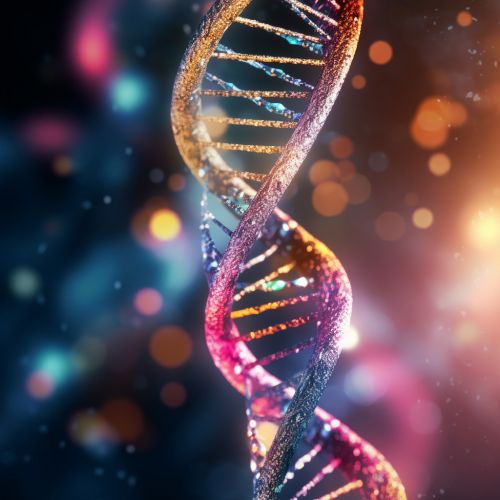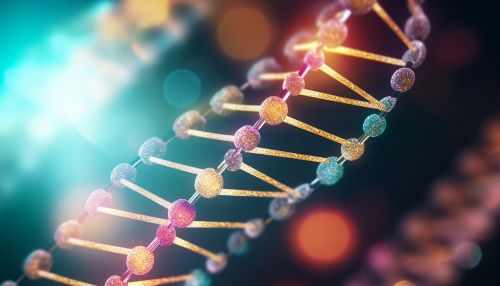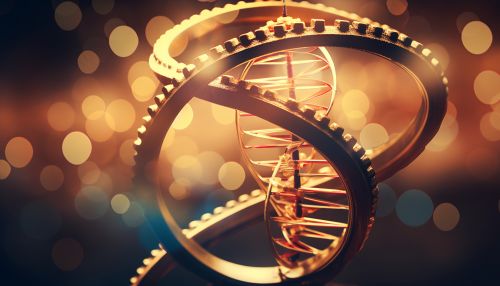The Role of Epigenetics in Aging and Longevity
Introduction
Epigenetics refers to changes in gene expression that do not involve alterations to the underlying DNA sequence. It is a complex field of study that plays a significant role in various biological processes, including aging and longevity. The role of epigenetics in aging and longevity is a rapidly growing field of research, with significant implications for our understanding of the biology of aging and the potential for interventions to extend healthy lifespan.


Epigenetics: An Overview
Epigenetics involves changes in the regulation of gene expression. It is a naturally occurring phenomenon and is influenced by various factors such as age, environment, and disease state. The term "epigenetics" was first coined by Conrad Hal Waddington in the 1940s to describe the interactions between genes and their products that bring the phenotype into being.
Epigenetic changes can be inherited, but unlike genetic changes, they are reversible. They involve modifications to the DNA molecule itself, such as the addition of a methyl group (a process known as methylation) or changes to proteins called histones that DNA is wrapped around (histone modification). These changes can switch genes on or off and determine which proteins are transcribed.
Epigenetics and Aging
Aging is a complex process characterized by a gradual decline in physiological functions, leading to an increased risk of disease and death. The role of epigenetics in aging is a subject of intense scientific study. Epigenetic changes accumulate over time and can lead to changes in gene expression that contribute to the aging process.
One of the key epigenetic changes associated with aging is an increase in DNA methylation, particularly in genes associated with cell cycle regulation, DNA repair, and metabolism. This can lead to a decrease in gene expression, contributing to the decline in physiological functions associated with aging.
Another significant epigenetic change associated with aging is the alteration of histone structures. Histones are proteins that help package DNA into a compact, efficient form. Changes in histone structure can influence gene expression and have been linked to aging and longevity.


Epigenetics and Longevity
Longevity, the length of life, is influenced by a combination of genetic, environmental, and lifestyle factors. Epigenetic changes are a key factor that can influence longevity. Studies have shown that epigenetic changes can influence lifespan in various organisms, from yeast to humans.
One of the key ways that epigenetics influences longevity is through the regulation of gene expression. Epigenetic changes can turn genes on or off, influencing the production of proteins that play a key role in lifespan. For example, studies have shown that changes in the methylation of genes involved in DNA repair and cell cycle regulation can influence lifespan.
Epigenetic changes can also influence longevity through their impact on telomeres, the protective caps at the ends of chromosomes. Telomeres shorten as we age, and when they reach a critically short length, the cell can no longer divide and becomes senescent or dies. Epigenetic changes can influence the rate of telomere shortening, thereby influencing lifespan.
Epigenetic Interventions for Aging and Longevity
The understanding of the role of epigenetics in aging and longevity has led to the exploration of epigenetic interventions to extend healthy lifespan. These interventions aim to modify epigenetic marks to alter the expression of genes associated with aging and longevity.
One approach is through the use of drugs that can modify epigenetic marks. For example, drugs that inhibit DNA methylation or modify histone structures have been shown to extend lifespan in animal models.
Another approach is through lifestyle interventions, such as diet and exercise, which have been shown to influence epigenetic marks. For example, a diet rich in certain nutrients can influence DNA methylation, and regular exercise can influence the methylation of genes associated with aging.


Future Directions
The field of epigenetics and its role in aging and longevity is rapidly evolving. Future research will likely focus on further elucidating the mechanisms by which epigenetic changes influence aging and longevity and developing interventions to modify these changes.
One promising area of research is the development of epigenetic clocks, which are algorithms that predict biological age based on the methylation status of a set of specific genes. These clocks could potentially be used to monitor the effectiveness of interventions aimed at slowing the aging process.
Another area of research is the exploration of the interplay between genetics and epigenetics in aging and longevity. While it is clear that both play a role, the extent and nature of their interaction are still not fully understood.
